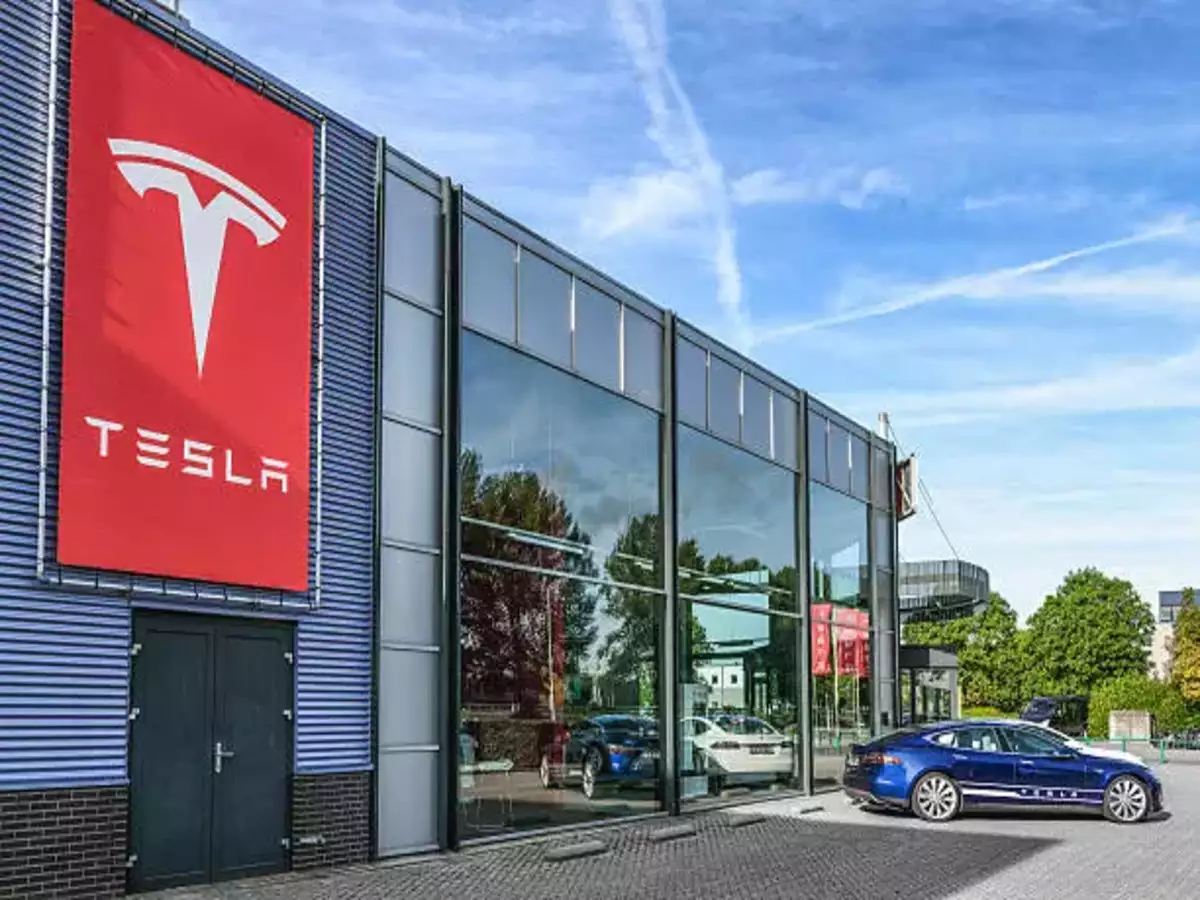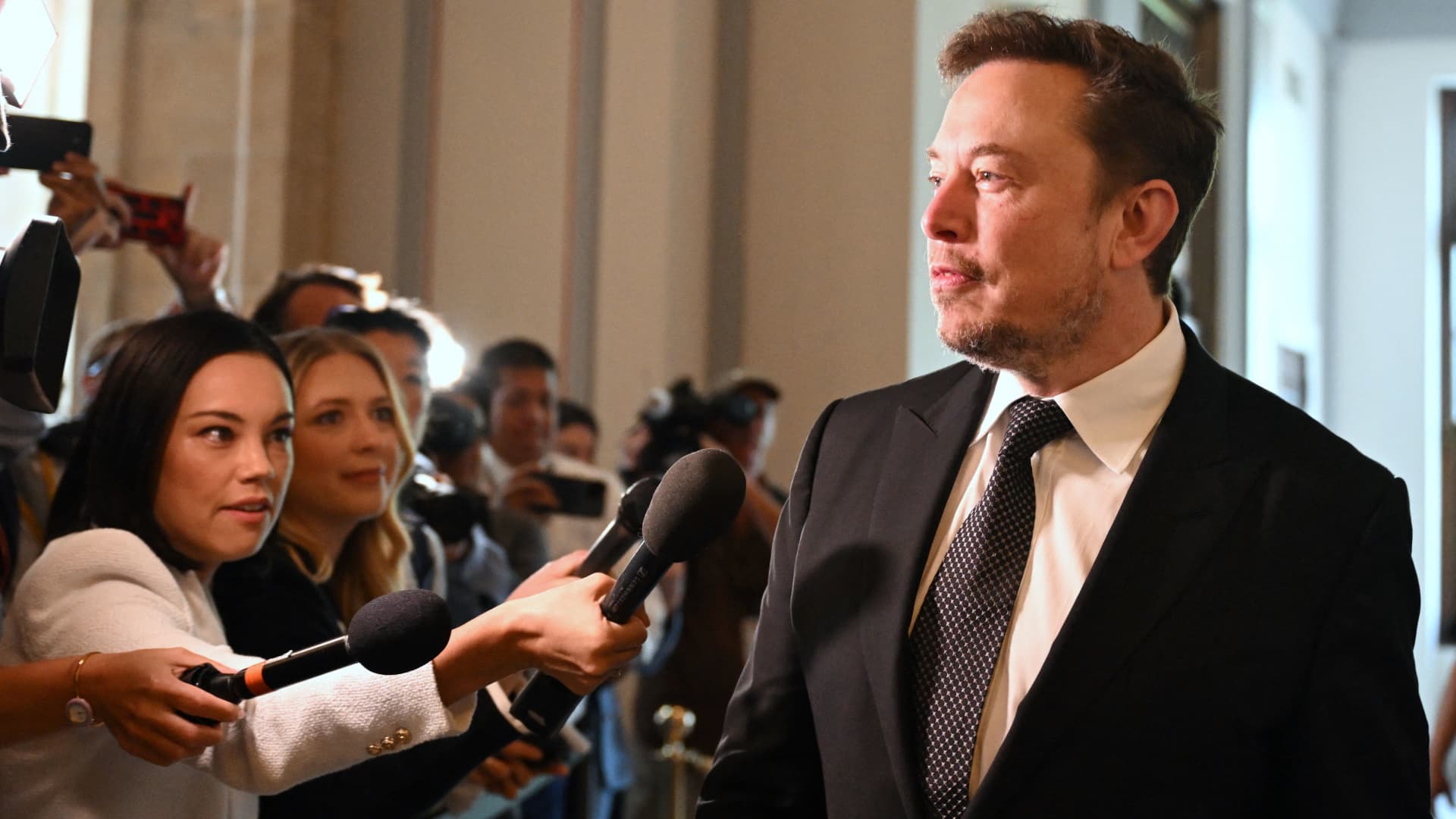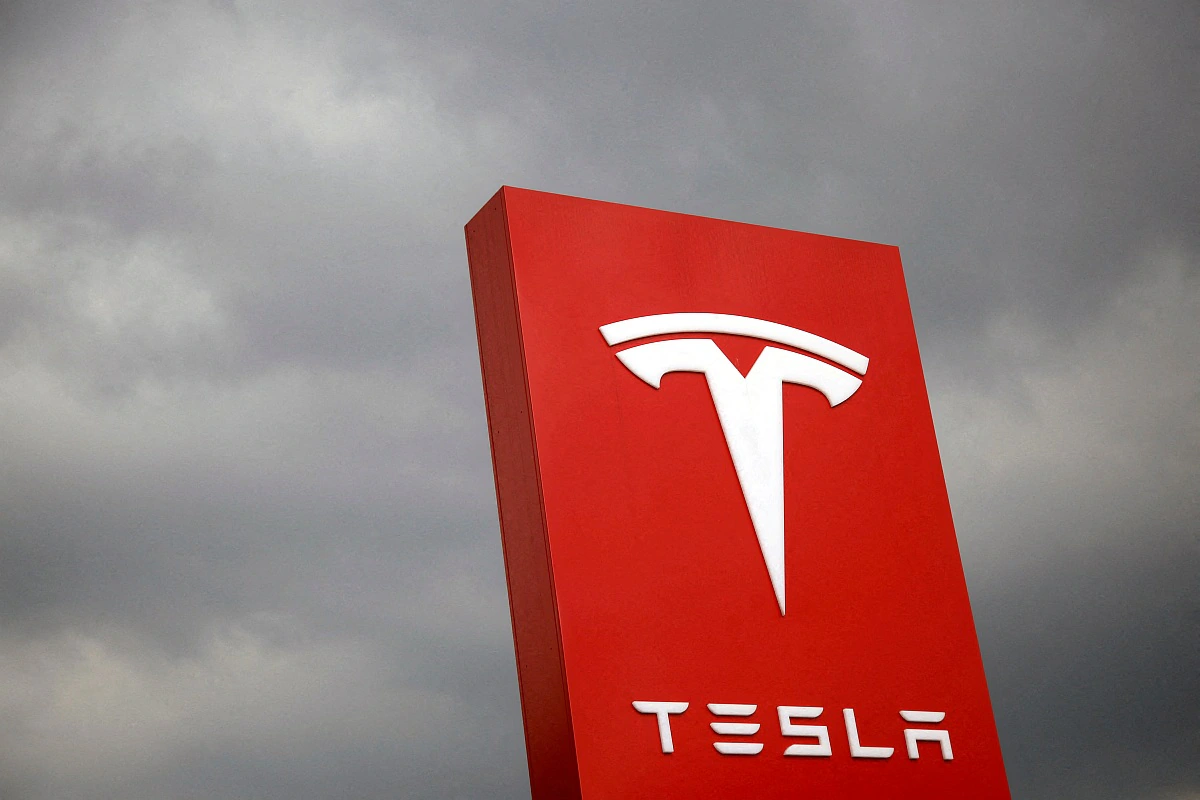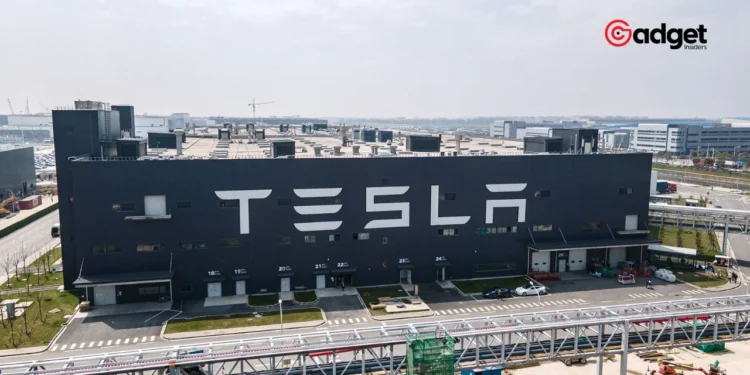Tesla, the leading name in electric vehicles, recently announced a significant workforce reduction as part of a broader strategy to slash costs by over $1 billion annually. Despite a 55% drop in Q1 profits, the company’s commitment to introducing more affordable models and enhancing its product lineup has sparked renewed investor interest.

Navigating Challenges with Strategic Decisions
Tesla’s decision to lay off approximately 14,000 employees, as described by CEO Elon Musk, is a “necessary step” to streamline operations and prepare for future growth. The move, aimed at ensuring the company’s sustainability amidst fierce competition, aligns with broader industry trends where efficiency and adaptability are paramount.
The company’s Q1 financial results reflected a significant profit decline, with net income falling to $1.13 billion from $2.51 billion in the same period last year. Revenue also saw a reduction, totalling $21.3 billion, down 9% from the previous year. This decline can be attributed to a decrease in worldwide sales, nearly 9%, exacerbated by increased competition and a slowing demand in the electric vehicle market.
BREAKING: $TSLA TO CUT 3,332 JOBS IN CALIFORNIA, PER WARN NOTICES 👀
Tesla is back to being lean and efficient! pic.twitter.com/AvTypozupi
— TheSonOfWalkley (@TheSonOfWalkley) April 23, 2024
A Glimpse into Tesla’s Future: Affordable Electric Vehicles
In an intriguing development, Tesla revealed plans to expedite the production of new, more economically priced models. Initially scheduled for the latter half of 2025, the production timeline has been moved up, with potential start dates in late 2024 or early 2025. This strategic shift is designed to make electric vehicles more accessible to a broader audience, potentially increasing Tesla’s market share and addressing the critical need for sustainable transportation solutions.

During a recent conference call, Elon Musk highlighted that the upcoming vehicles would leverage both new and existing technological platforms without the necessity for new factories or massive production lines. This approach not only optimizes resources but also reduces time to market, crucial for staying ahead in the rapidly evolving EV landscape.
Market Response and Investor Sentiment
Despite the initial shockwaves sent by news of layoffs and declining profits, Tesla’s stock experienced an 11% surge in after-hours trading following the announcement. This positive reaction from the market underscores the confidence investors have in Tesla’s long-term strategy and its ability to adapt to changing market dynamics.

While Tesla’s stock has seen a downturn this year, down more than 40%, the proactive measures taken by the company signal a robust plan to regain momentum and continue its leadership in the electric vehicle sector.
Conclusion
Tesla’s recent strategic decisions encapsulate the complexities of maintaining leadership in the innovative yet competitive electric vehicle industry. By reducing operational costs and committing to the production of more affordable electric vehicles, Company is not only looking to expand its customer base but also reinforcing its commitment to sustainable automotive solutions. As the market continues to evolve, Company’s adaptability and forward-thinking approach will be crucial in shaping the future of electric transportation.










